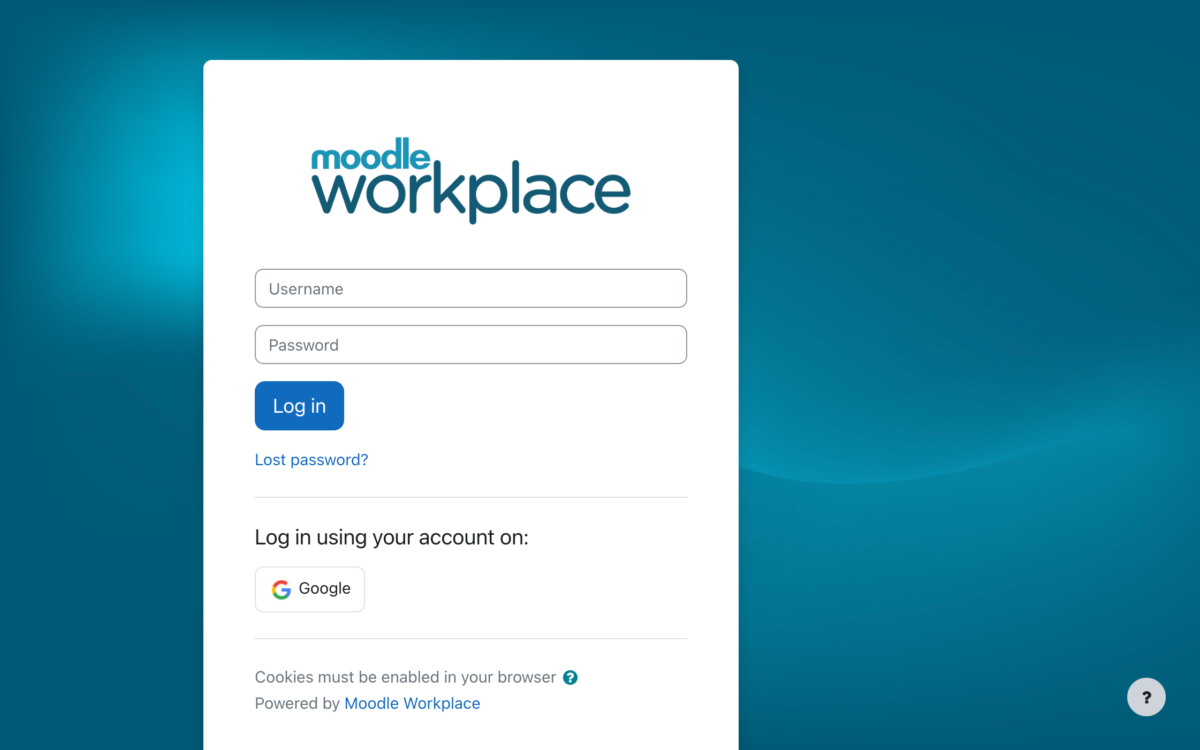Most people consider open source software as ‘free’. In some instances this may be the case, however open source is more than freely available software. The source code is included in the finished product and is open to modification and customisation under the GNU General Public Licence. Open source developers believe that an active community of developers contributing to software features will help it evolve and be error free in the long term.
Evidently, commercial proprietary software is protected by copyrights and licences – that is, the source code cannot be copied, changed or modified. Hence, product features and functions are maintained and this translates to customers paying for exclusive licences and software packages.
In terms of how this translates into cost, when an organisation purchases proprietary software, it pays twice. Firstly, for the licence which grants the user the right to use the software and secondly for compulsory support services. These are often structured on a per user basis, and renewed annually. Due to commercial software being copyrighted, the software licensing can be viewed as a form of rent for the intellectual property encapsulated within the software. In the open source model, there is usually no corresponding mechanism to receive rent for intellectual property.
For commercial software, there is typically a support agreement which is often mandatory to validate the licence. The support agreement will include service levels, and some important business assurances that you will be supported if and when problems are encountered.
In contrast, there are no licence fees to pay for open source software and subscription agreements are not mandatory. Subscription agreements are most often compared to the proprietary support agreement. An open source subscription offers code support and maintenance, security updates, error correction, and patch updates. Where it differs from a proprietary support agreement is that it includes new features and new version releases. In the proprietary model, new features are only available if license fees are paid. In either case, it is worth purchasing support as this delivers transparent business value.
Open source subscriptions offer much more than simple proprietary support agreements, and in theory, open source subscriptions should be more expensive than their proprietary equivalents on the basis that they deliver the functionality as well as the extra value of the inherent flexibility and freedom that open source offers.
It is perfect logic although the reality is that open source subscriptions tend to be much cheaper than their proprietary equivalents and this may be due to the comparatively wider mix of for-payment, and not-for-payment inputs in many open source projects. As an example, Totara is a corporate distribution of Moodle, and therefore the sunk costs of developing Moodle are not reflected in a Totara subscription, only the specific costs associated with developing and supporting the Totara extensions.







